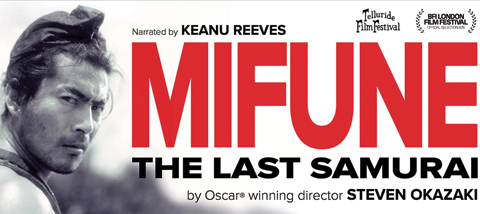KUWAIT: Salmi customs officers foiled an attempt to smuggle tons of chewing tobacco along with several types of cigarettes and other banned substances to Kuwait. As the trucks were entering the Kuwaiti border, security officers stopped and searched the trucks and found several banned substances.



The trucks were sent to the Sulaibiya customs department, where around 36,000 tons of chewing tobacco (Paan), 66,000 cartons of cigarettes, 1,674 e-cigarettes, around 97,000 of various packs of cigarettes, a laser device, 4 walkie-talkies and a taser were found.









